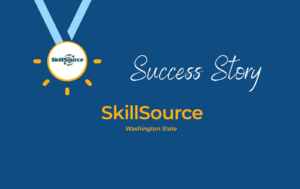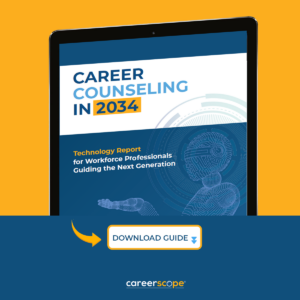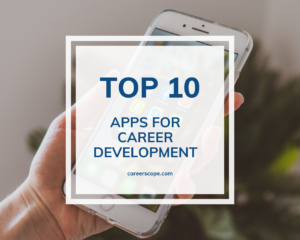A well-crafted professional biography can make a big difference in how you’re perceived, helping you make a powerful first impression. Here are the top five elements to include:
1. Brief Personal Introduction
Start by introducing yourself. This section should include your full name, your current role, and perhaps your area of expertise. You should avoid being overly formal; remember, this is a place for your personality to shine through. On LinkedIn, this is your About section. It is a section you can add and it provides space to share a custom bio that can make a great first impression. Many people start their bio with sentences about the job or industry they are in. Consider using a favorite quote or your personal mission statement as a way to hook your readers in to continuing learning more about you.
2. Professional Achievements and Experience
Highlight your career history, key accomplishments, and the skills you’ve developed. Where have you worked, and what roles have you held? What notable accomplishments or milestones can you share? Don’t forget to mention any industry-relevant certifications, awards, or distinctions you’ve received. If you are new in your professional career or are switching industries, then a great way to share your story is to speak to your competencies and skills rather than a specific role. For example, you could highlight teamwork for high school or college sports.
3. Education and Professional Development
Mention your formal education, including the institution and degree earned. Also include any additional courses, workshops, or seminars you’ve attended that are relevant to your professional growth. Highlighting courses or workshops is an excellent way to show you value learning and growth. Don’t be afraid to add these to your bio as well as in your LinkedIn profile or resume. Many individuals might highlight classes not related to their field, like cooking or another hobby, to provide more depth to who they are as a person. If you have taken assessments like DiSC, StrengthsFinder, or CareerScope – feel free to include results as part of your story too. Companies can train people on the skills needed for a job, however communication style, strengths, aptitudes and interests are pieces of information about you that can paint a powerful story of how you can contribute if your experience is not necessarily relevant to an opportunity.
4. Core Values and Professional Philosophy
Discuss what drives you professionally. Do you have a mission statement or a particular approach to your work that sets you apart? Many people may be nervous about sharing this or even not clear on how to approach it. One way to start is to consider identifying three values that matter to you. For example, CareerScope values include Curiosity, Compassion, and Growth. What values stand out when you think of what matters to you? Perhaps it is authenticity, transparency, fun, etc.
5. Contact Information and Call to Action
Close with clear information on how someone can contact you and what they should reach out for. This can also include a call to action—this might be an invitation to get in touch about business opportunities, to follow you on professional networking platforms like LinkedIn, or to check out your professional blog or portfolio. Adding your LinkedIn profile or a link to your eportfolio (personal website) to your email can be a great way to make it easy for someone to learn more about you. Many colleges and universities have courses where students learn to create their own webpage or website. Look at platforms like Wix, SquareSpace, or Weebly to use a template to get started.
Remember, a professional biography should be concise, engaging, and written in the third person. It should also be updated regularly to include your most recent accomplishments and roles. Here is a link to examples of professional bios for reference.
Related articles:














